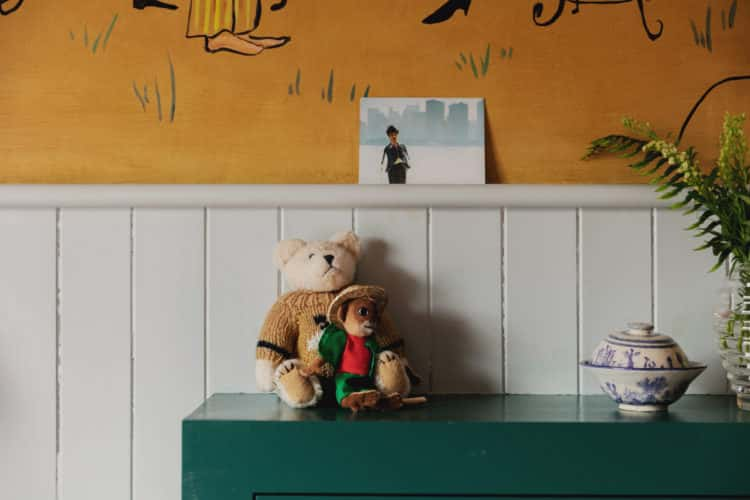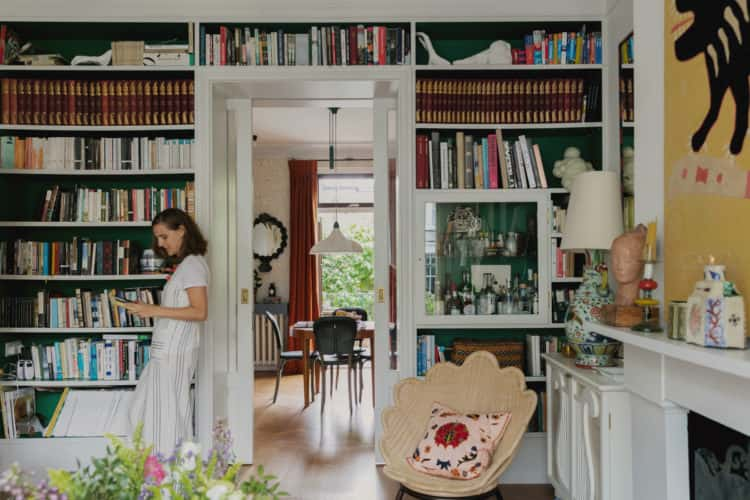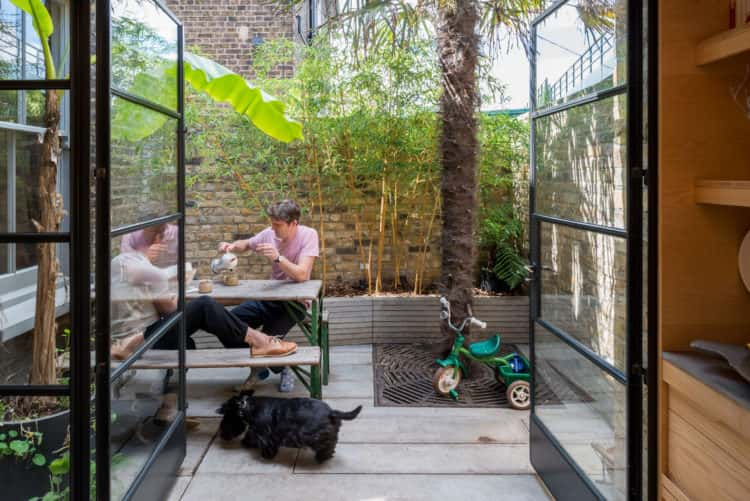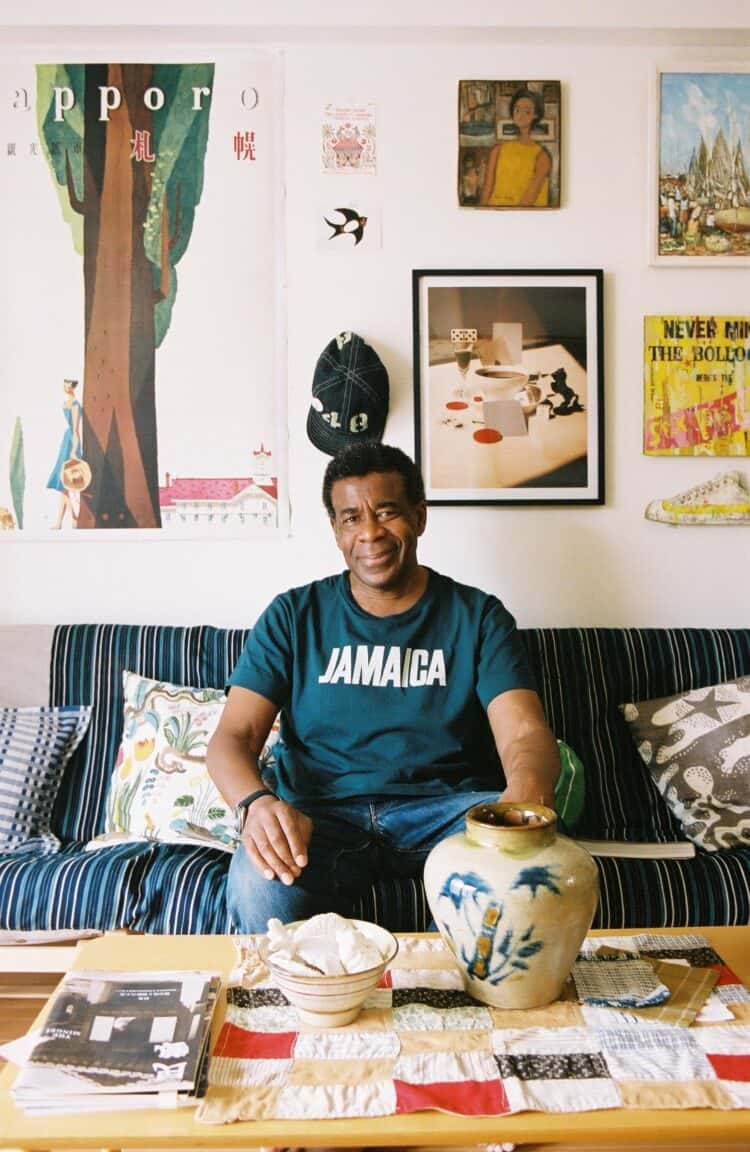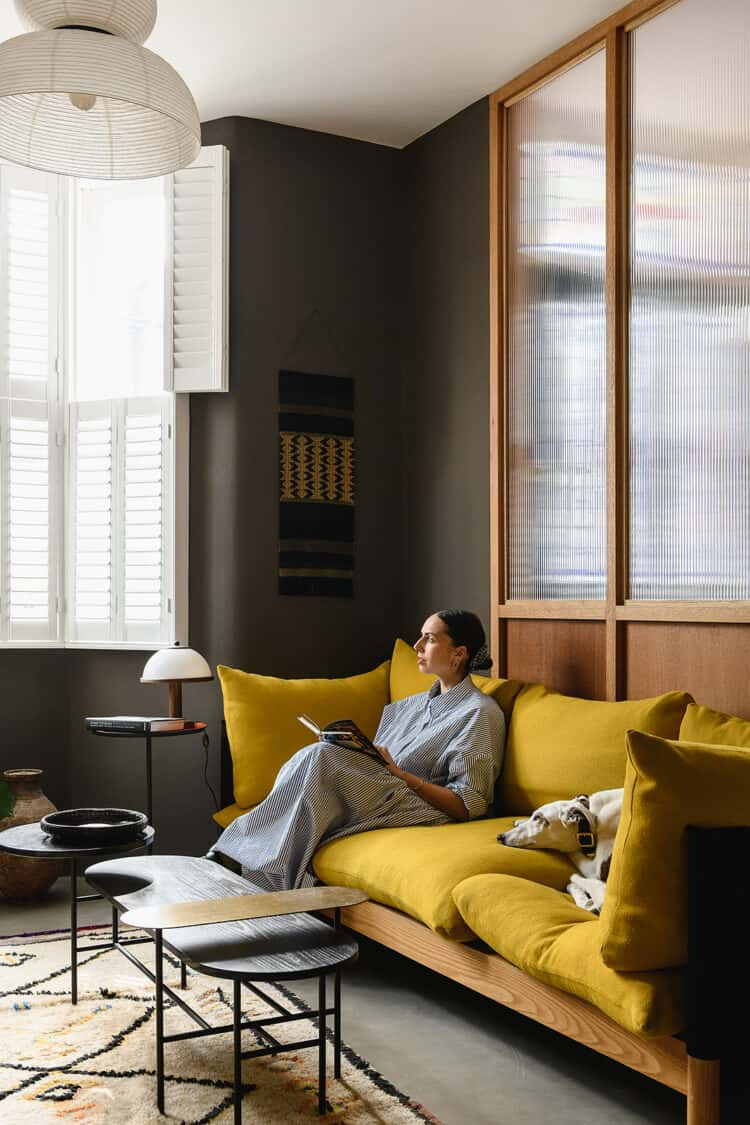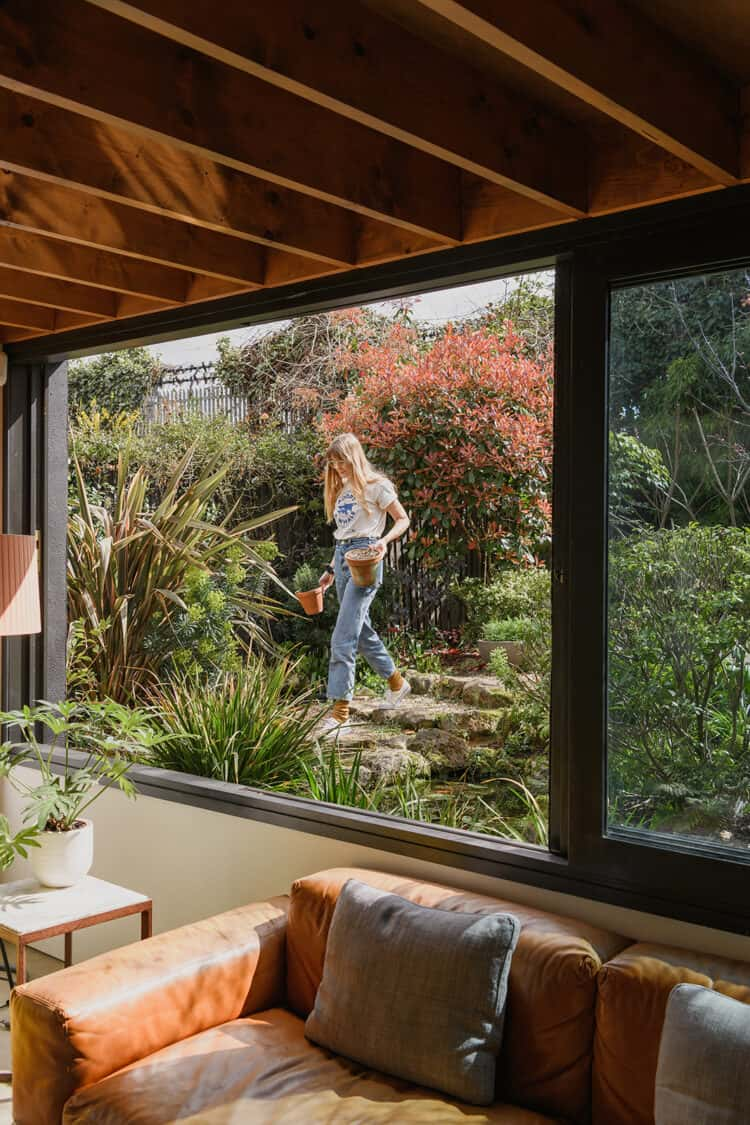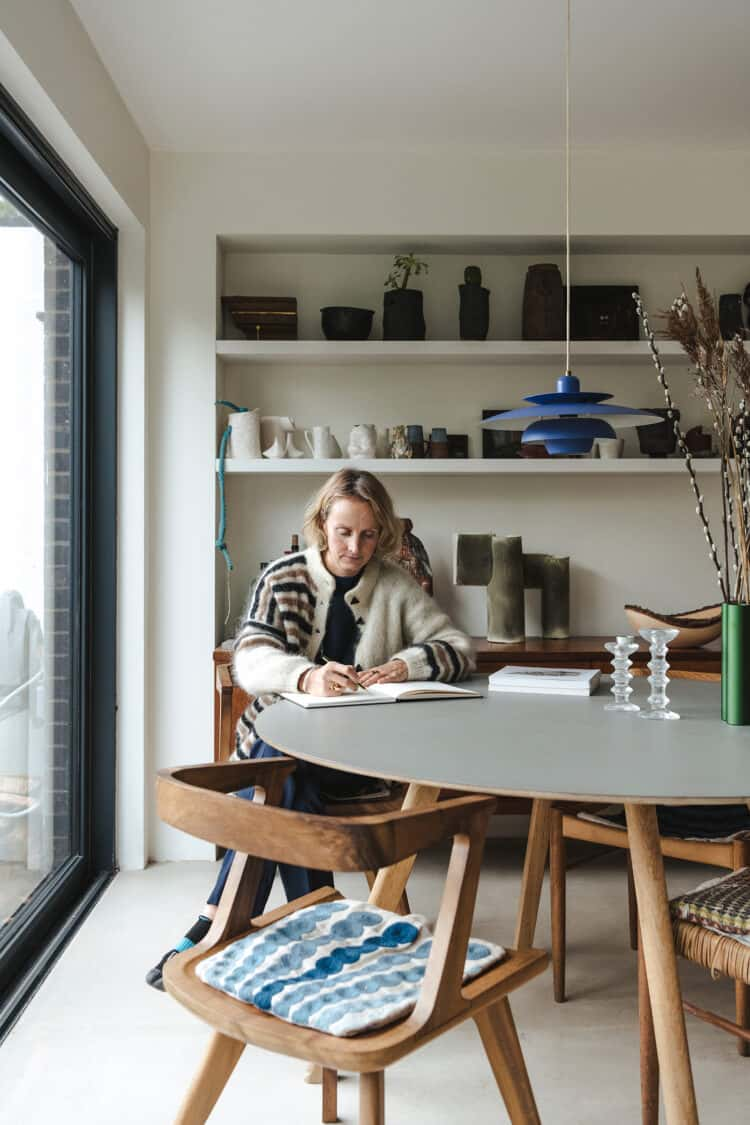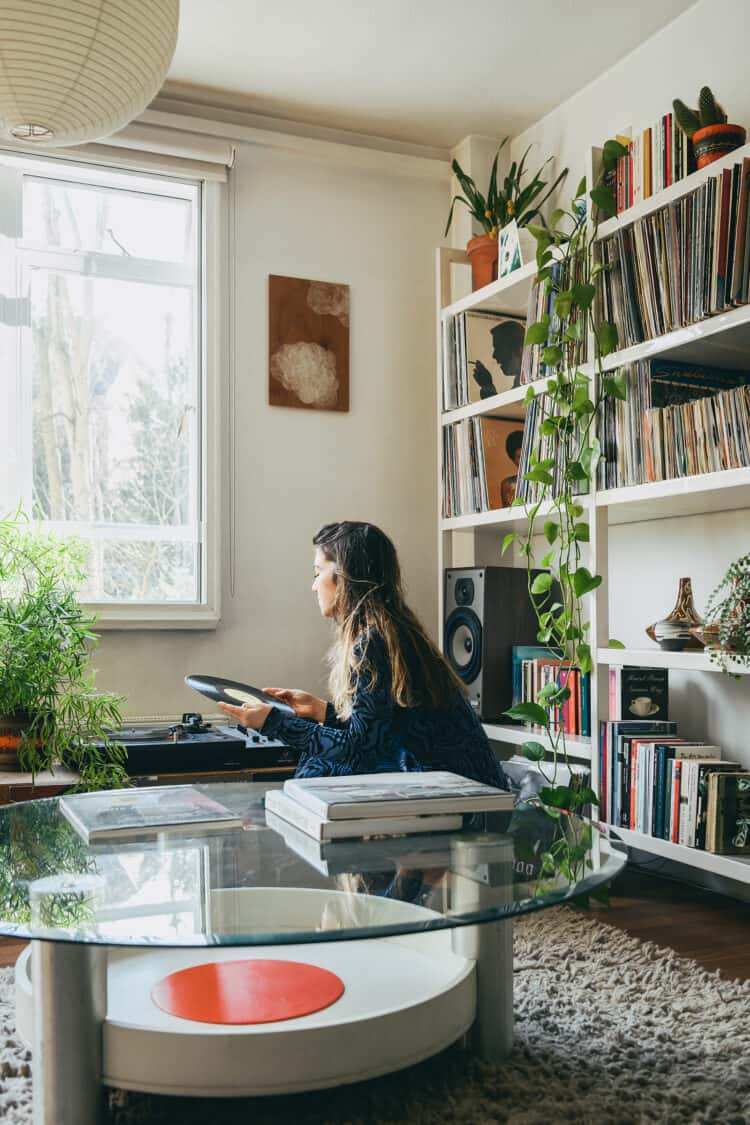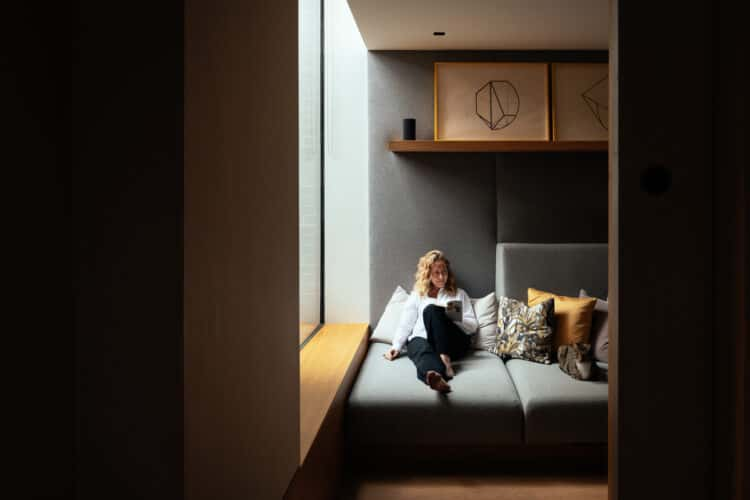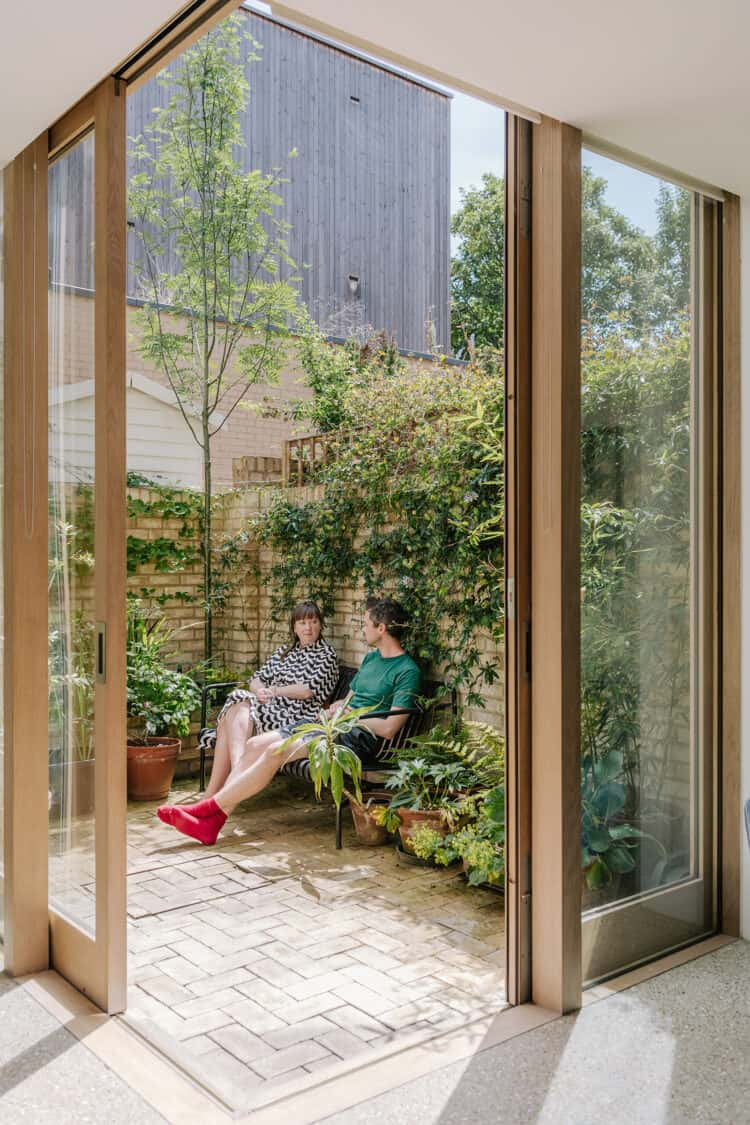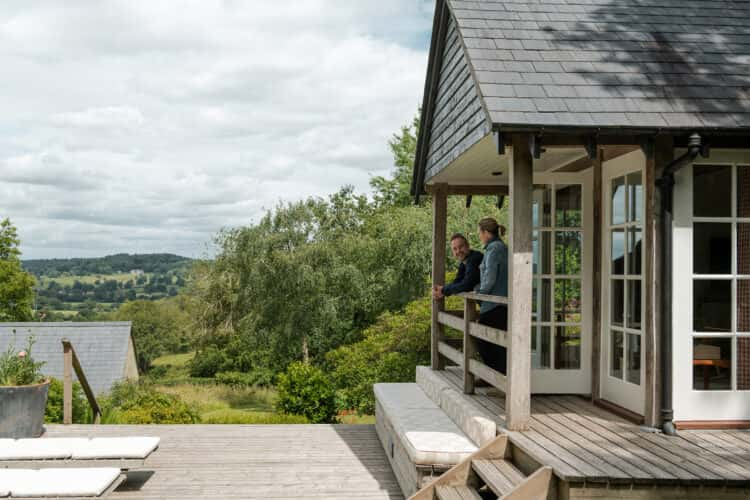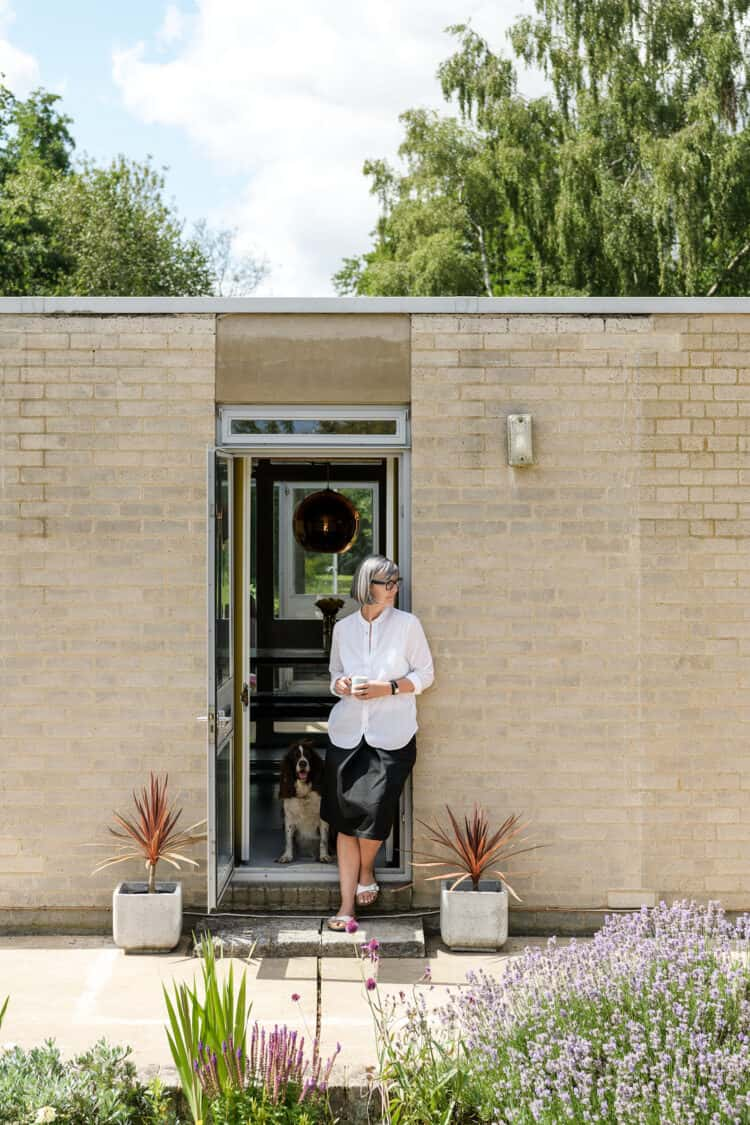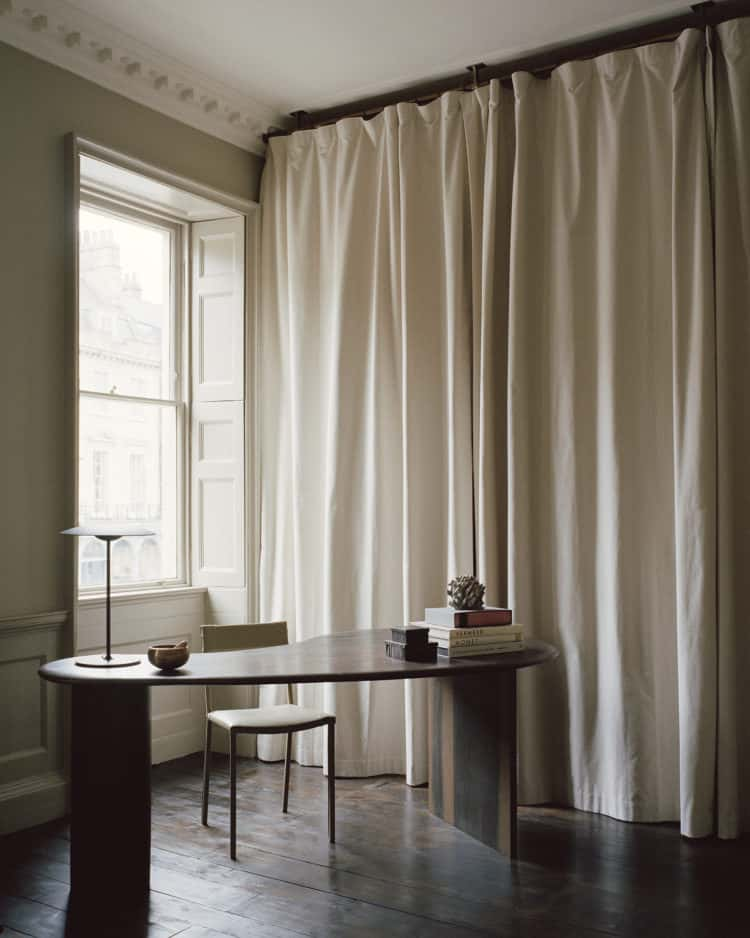My Modern House: interior designer Beata Heuman on the art of eclectic interiors at her family home in Hammersmith
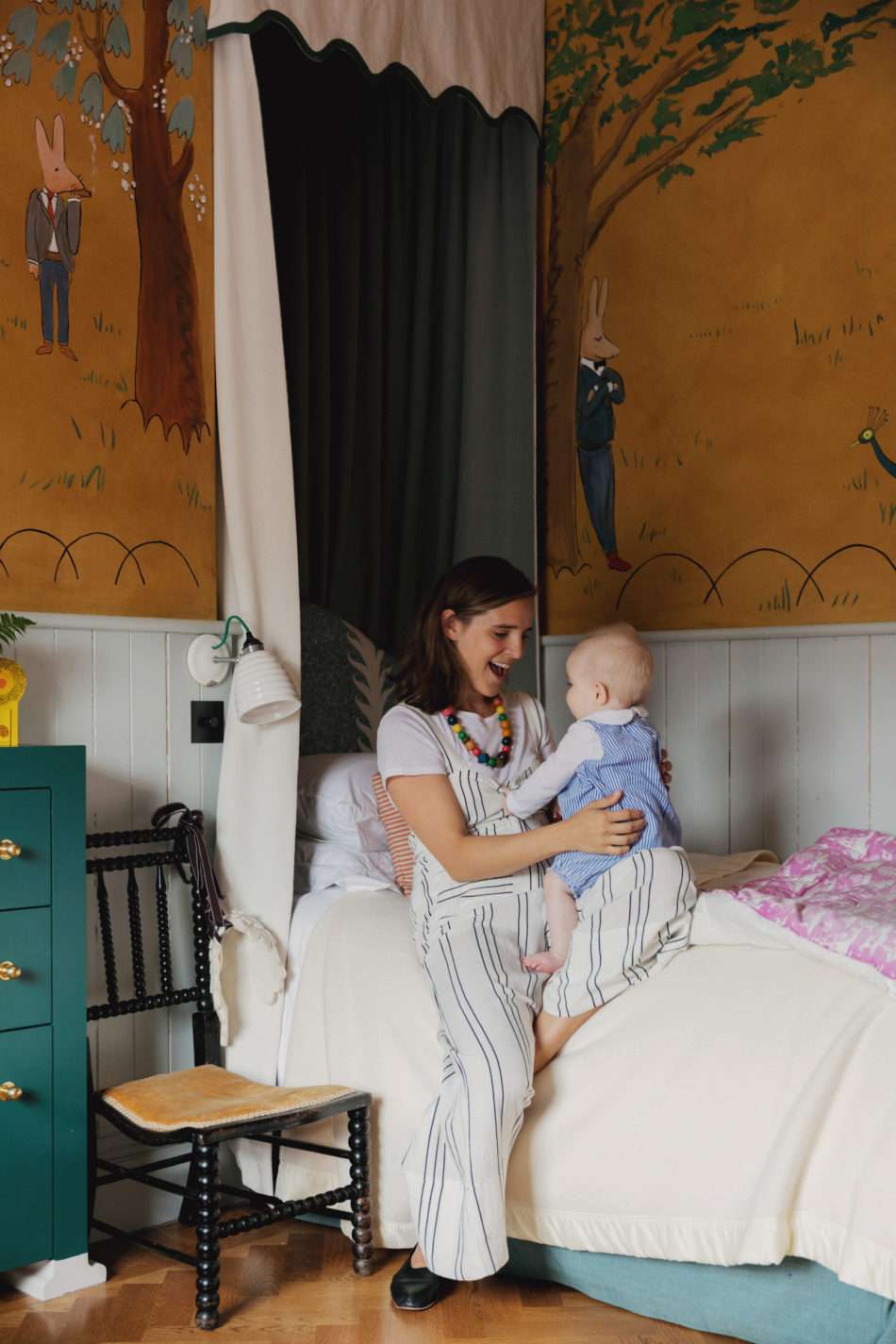
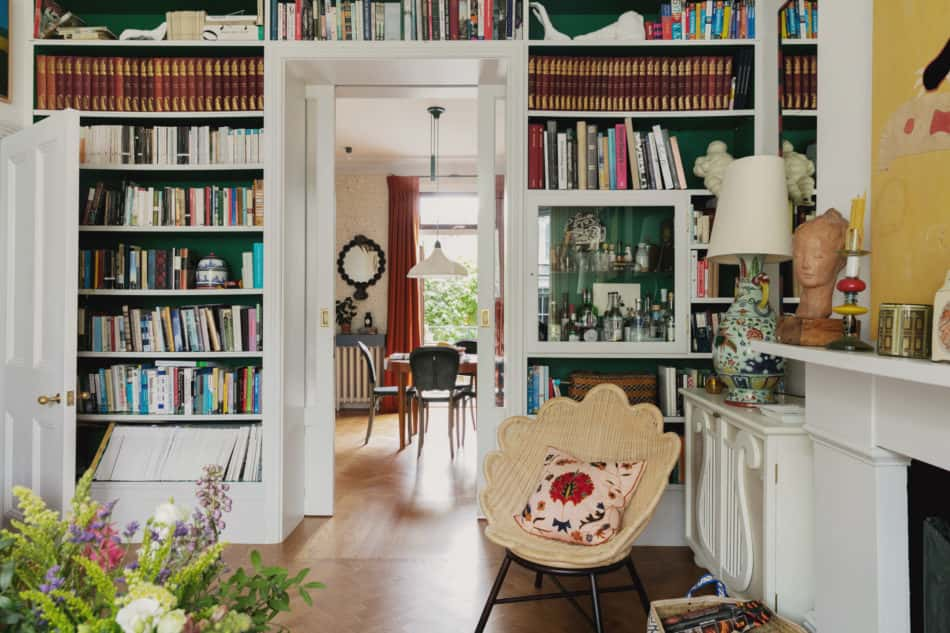
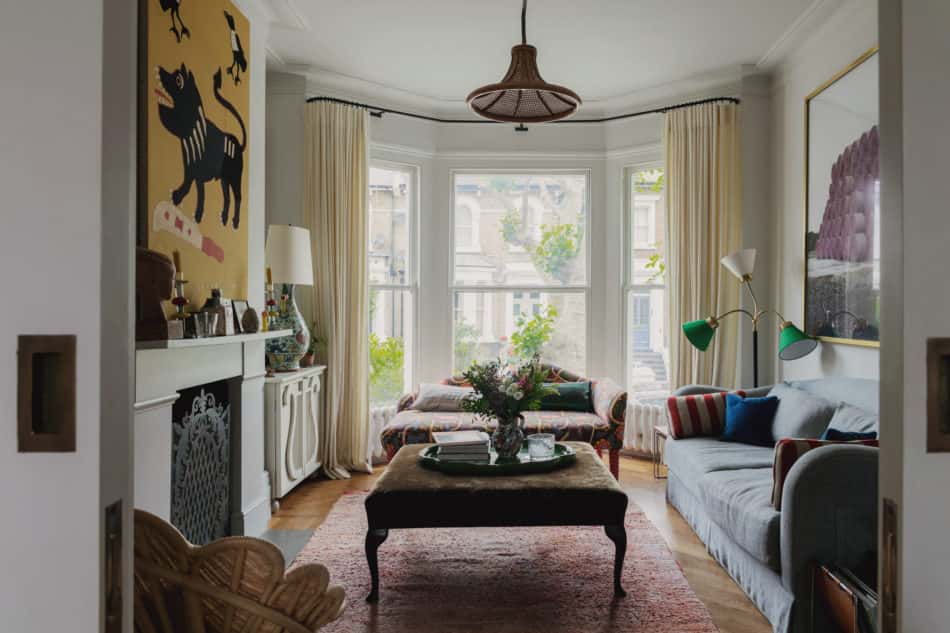
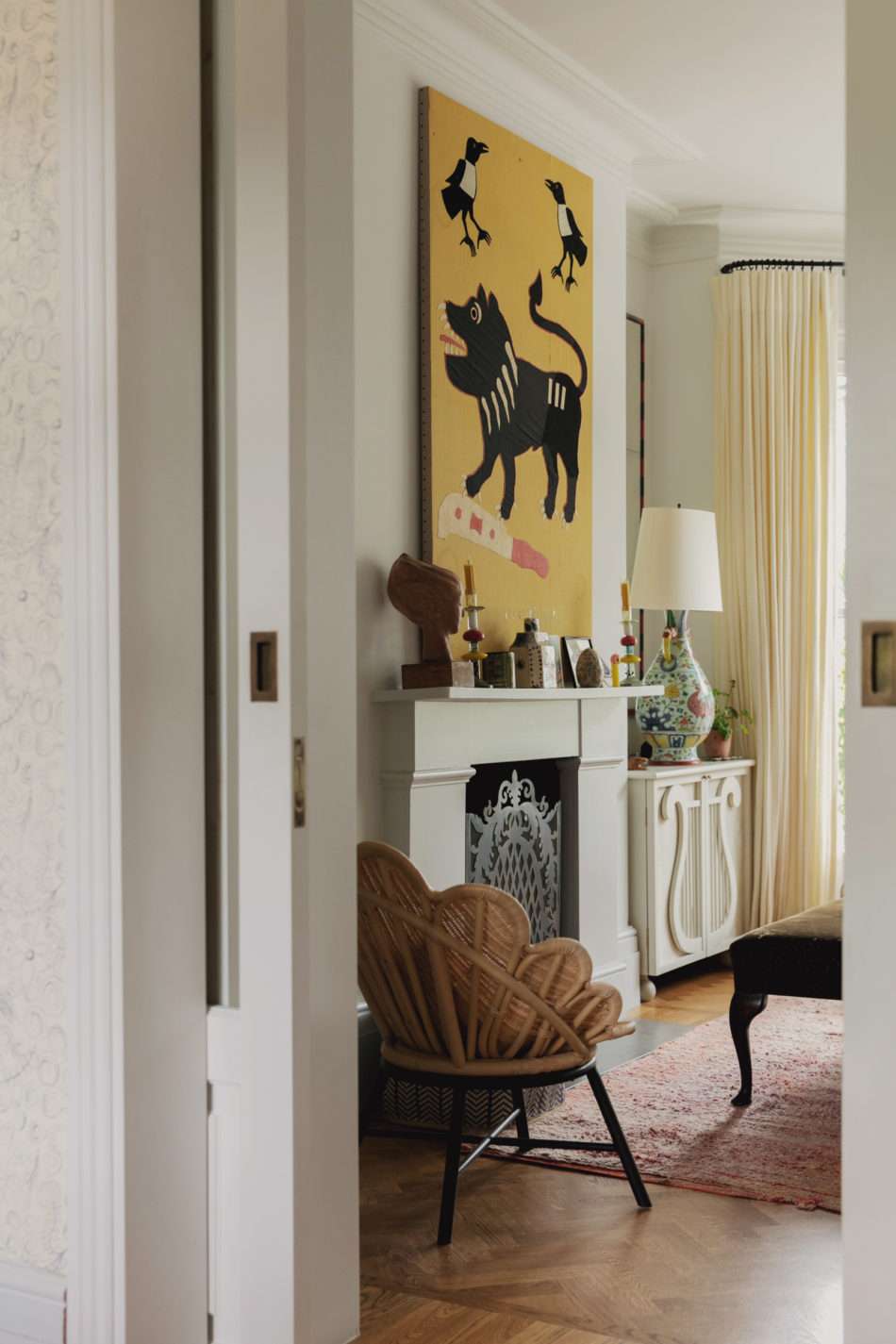
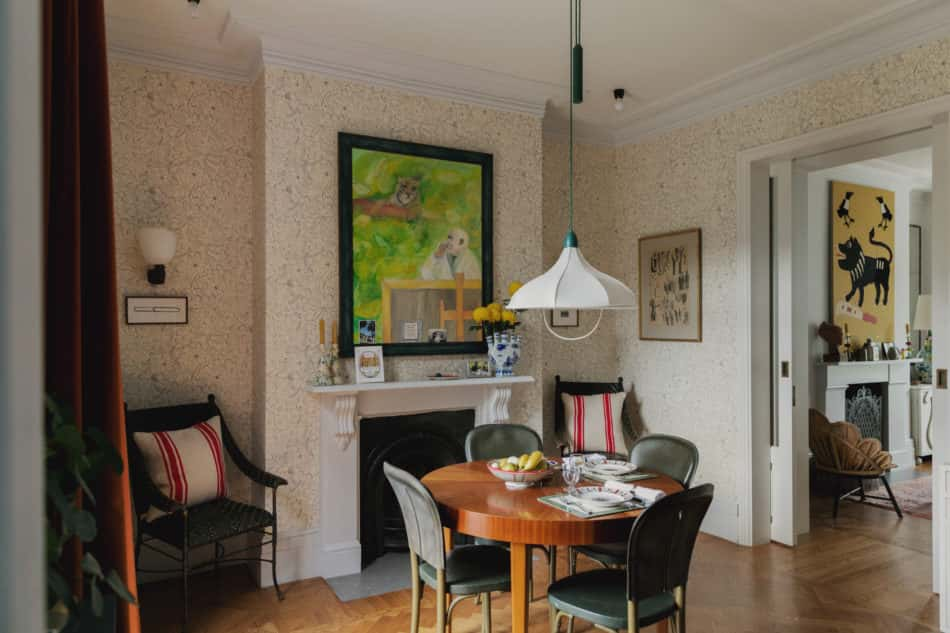
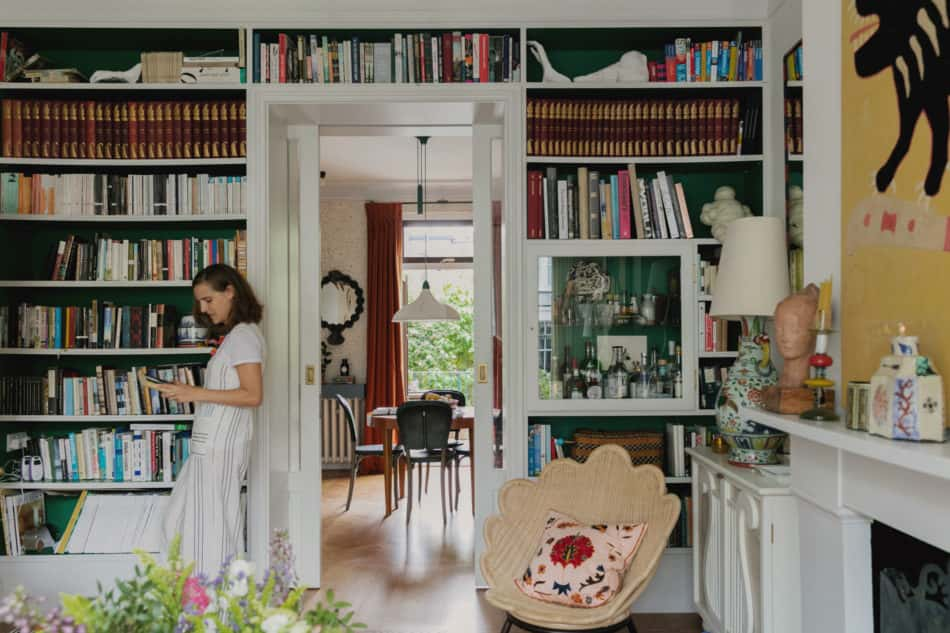
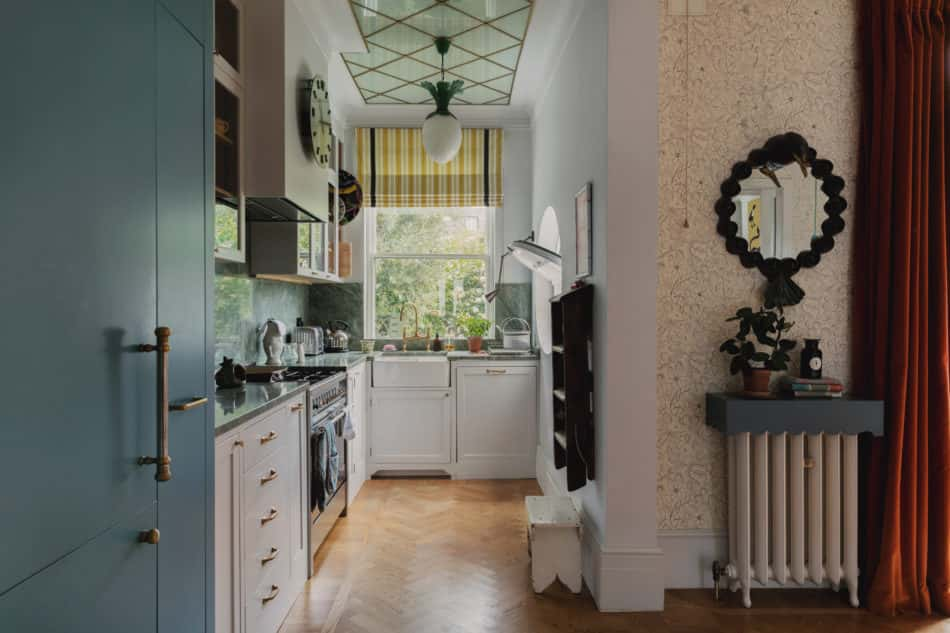
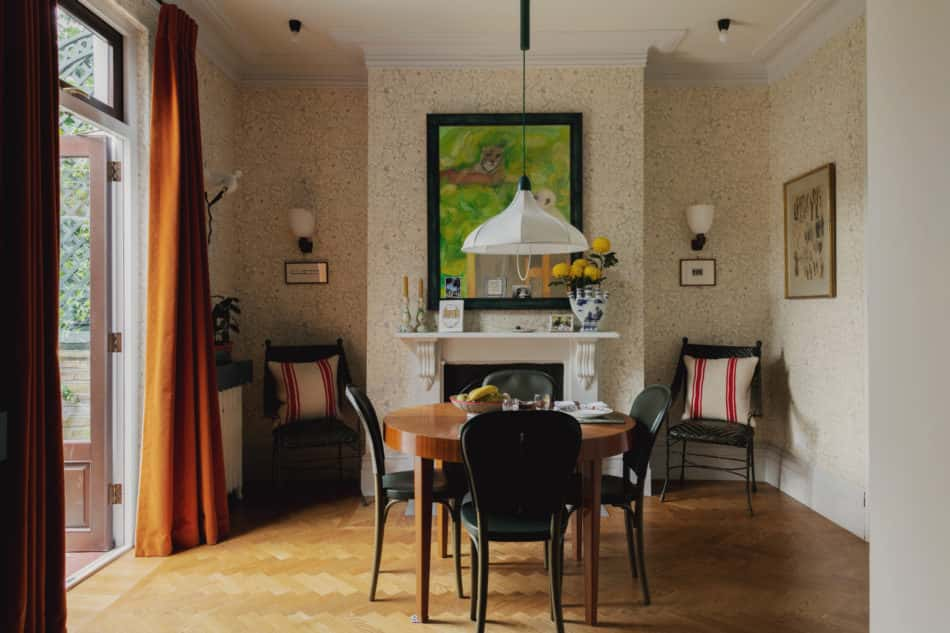
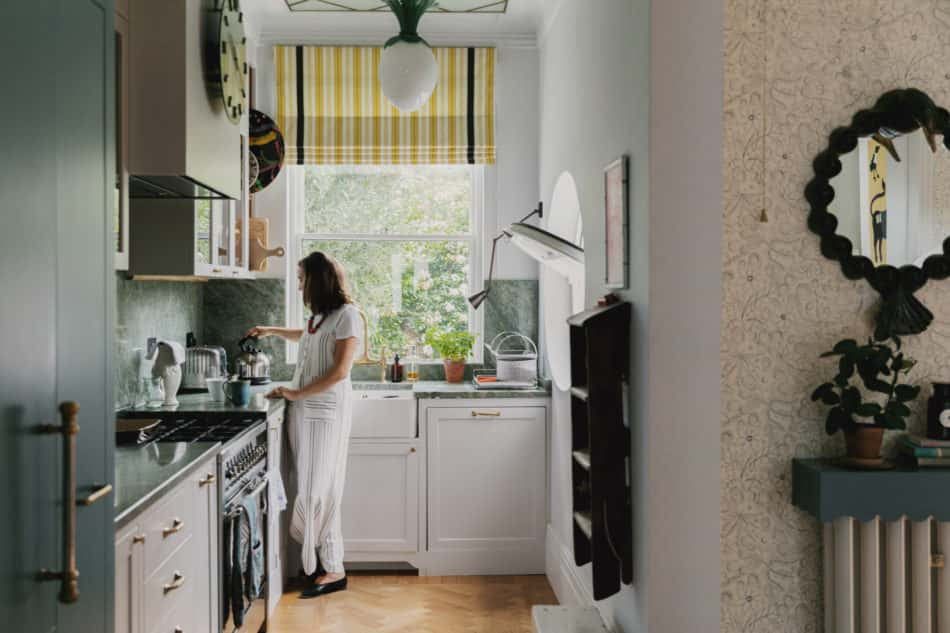
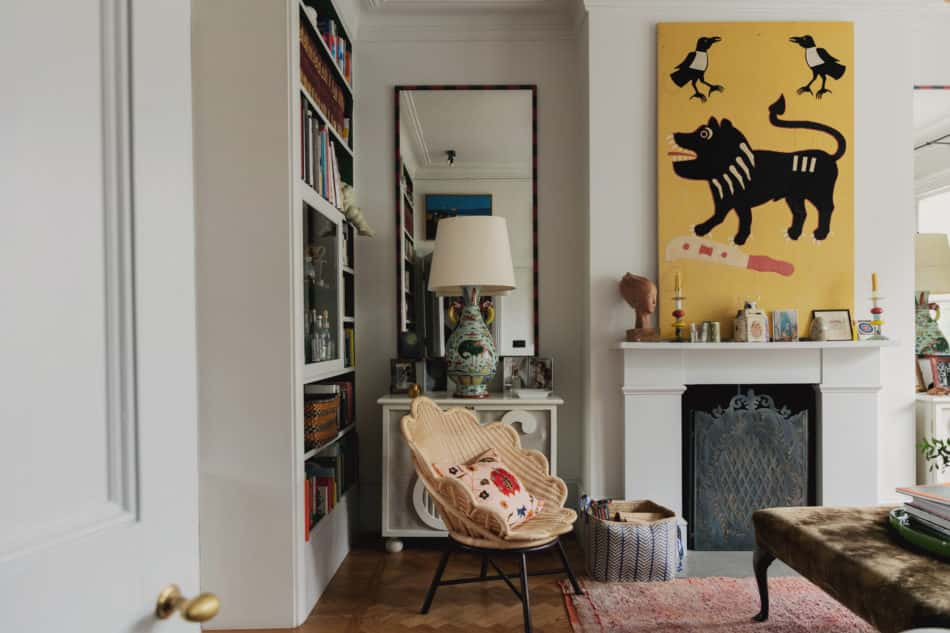
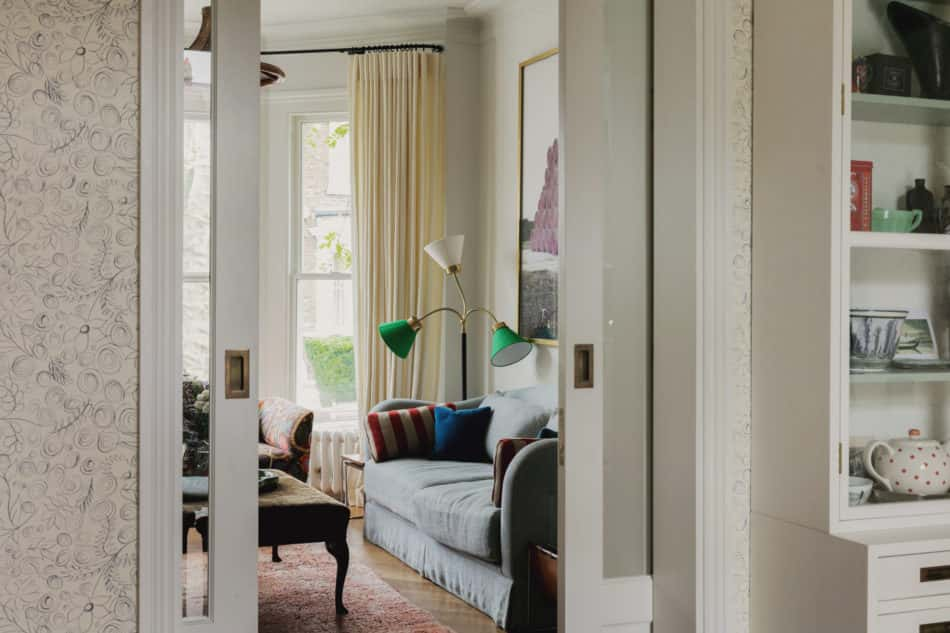
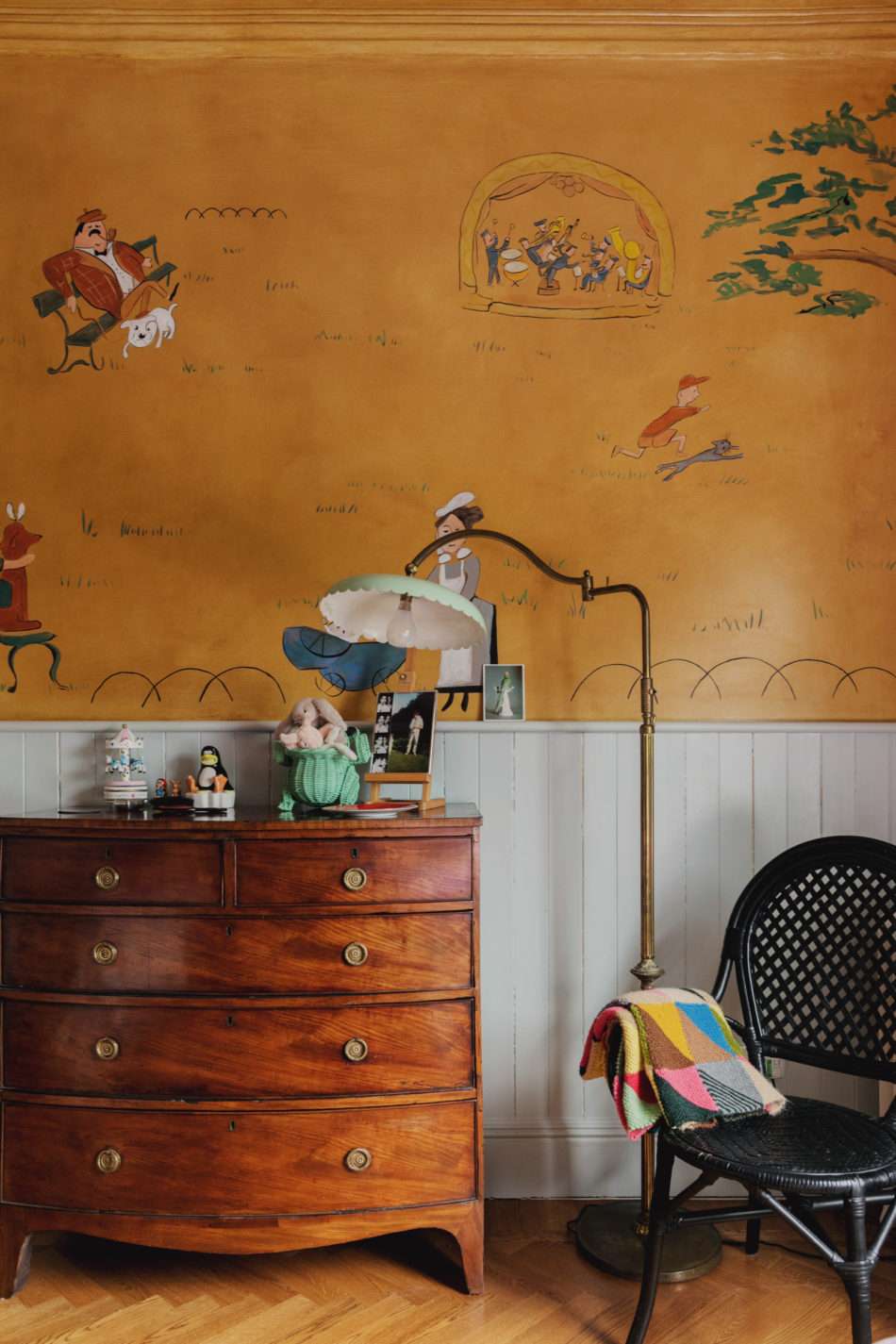

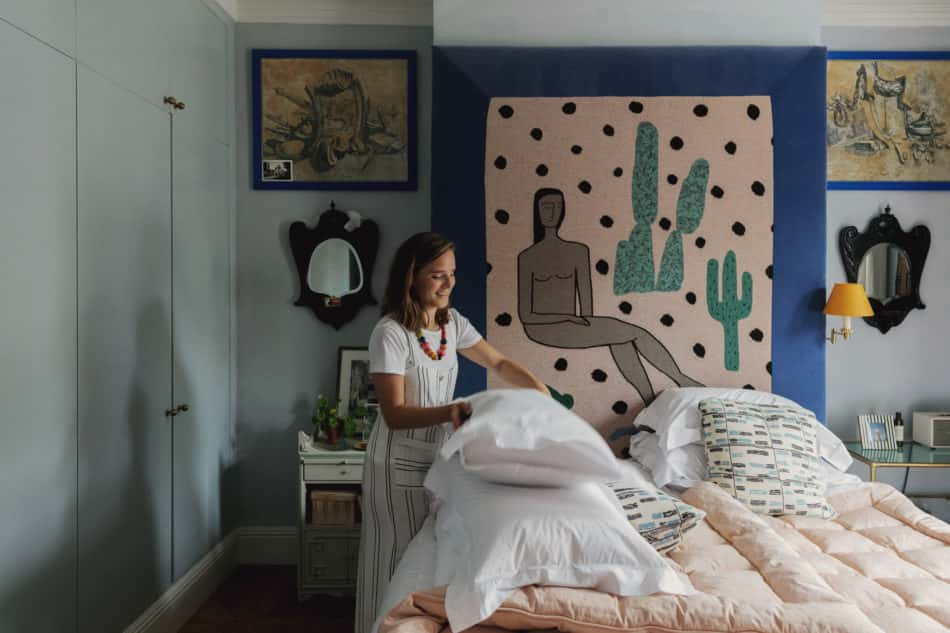
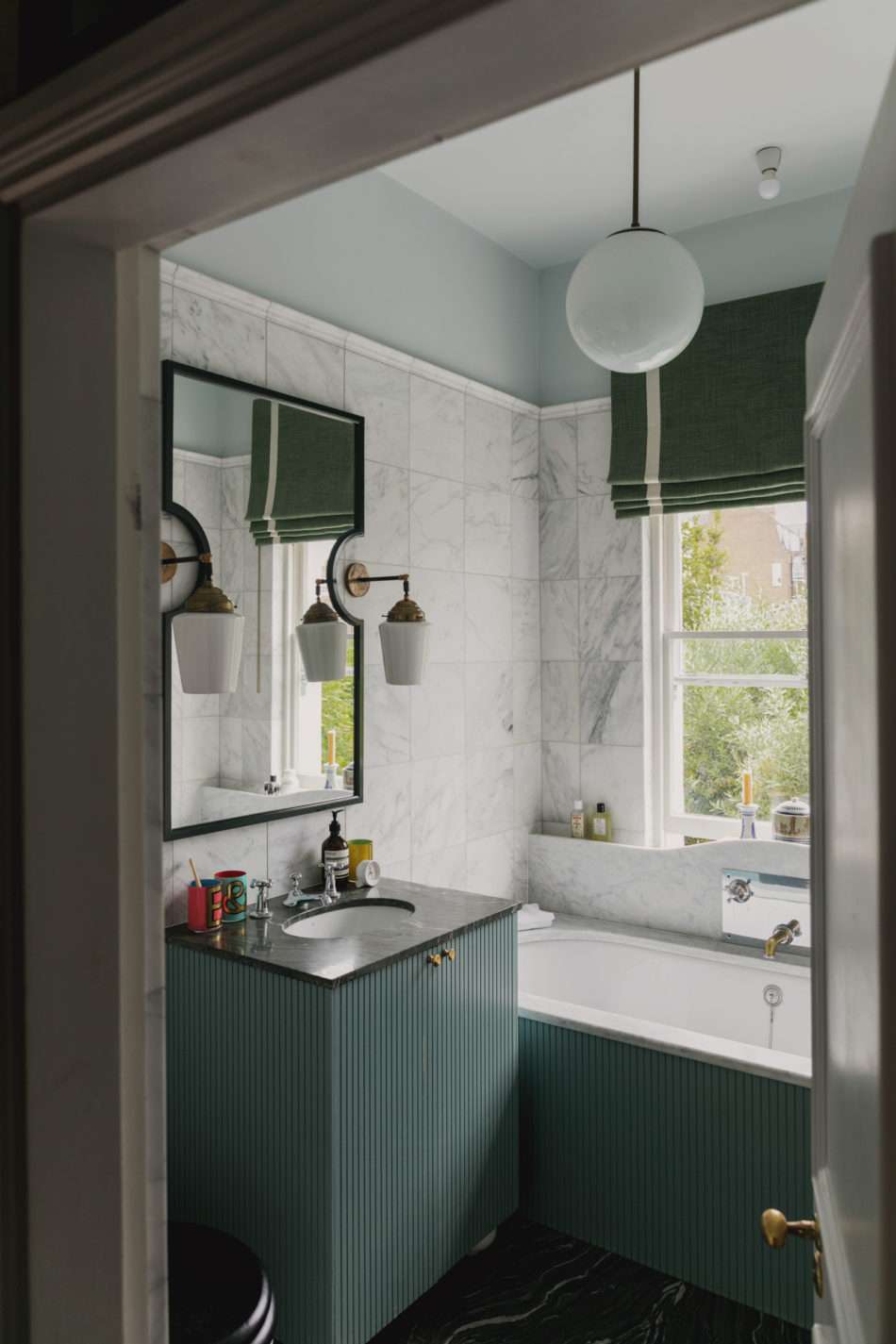
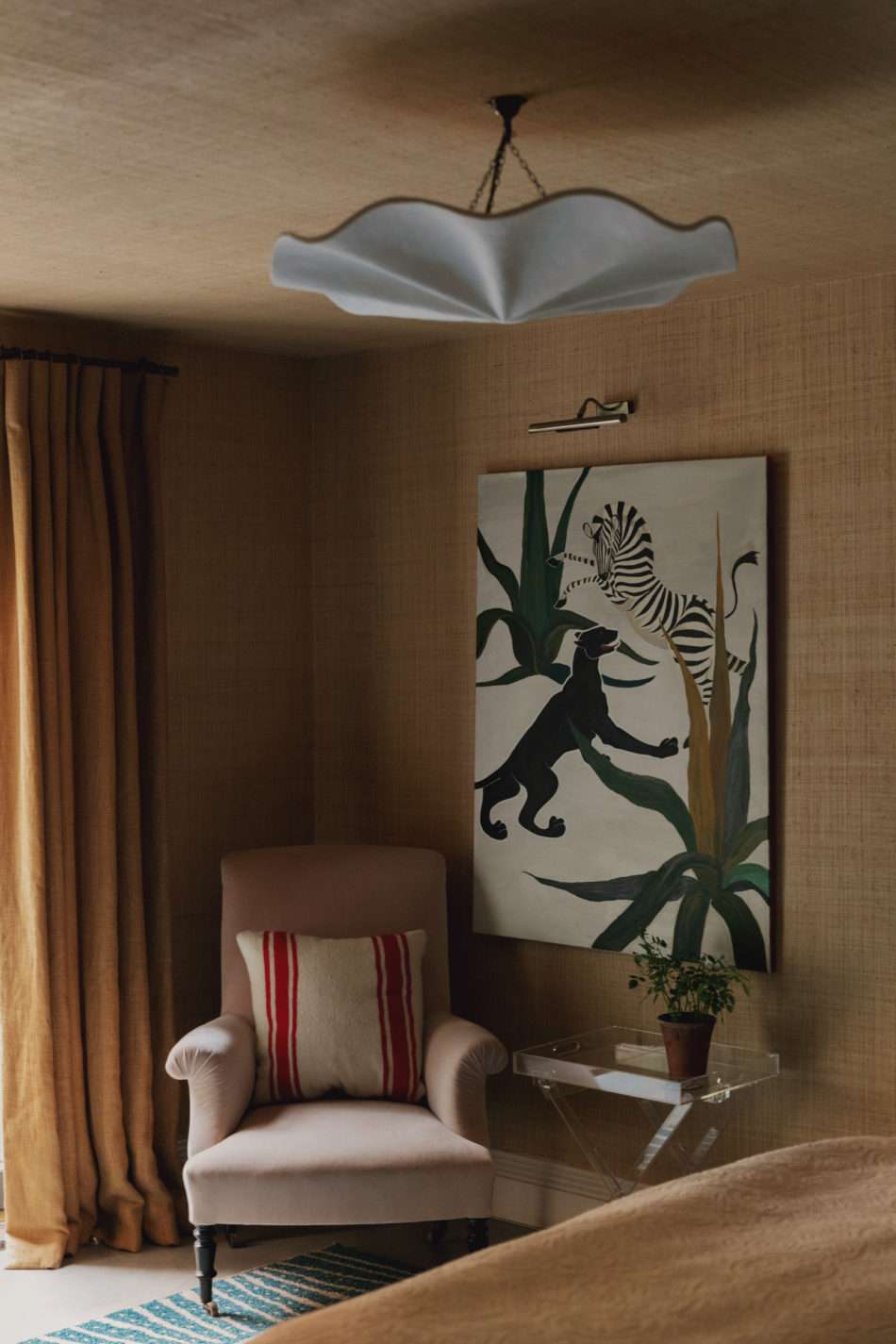
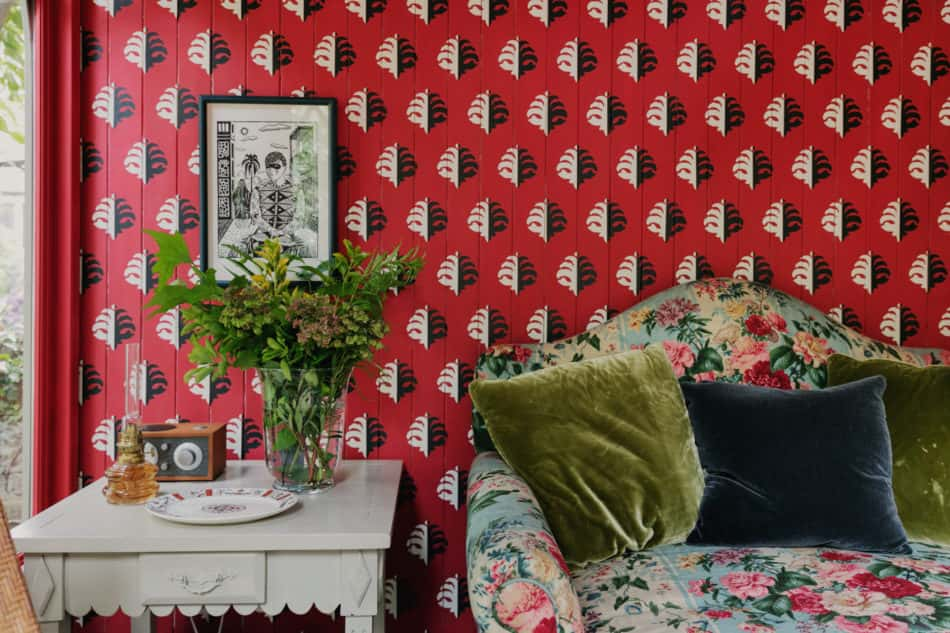
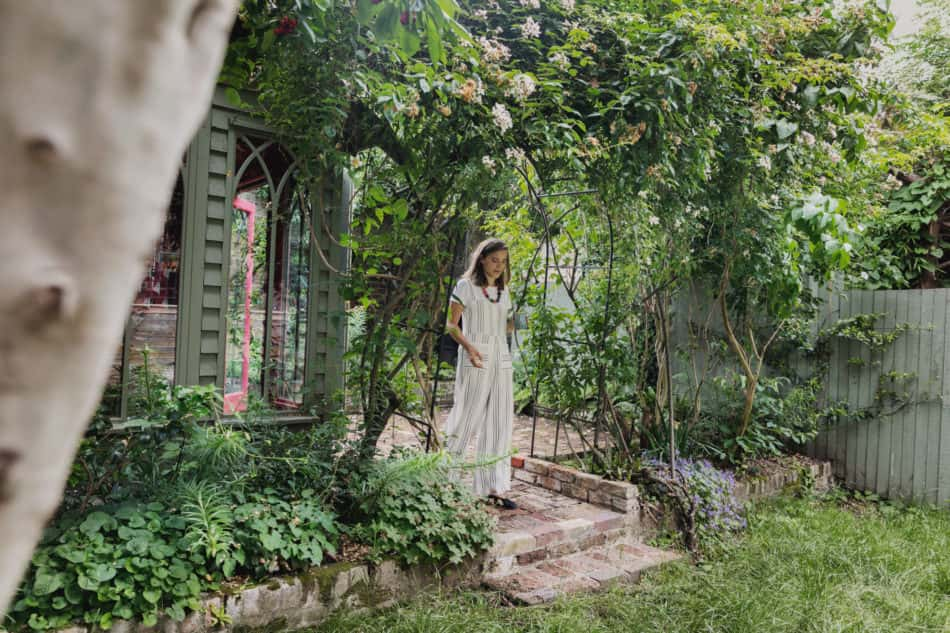
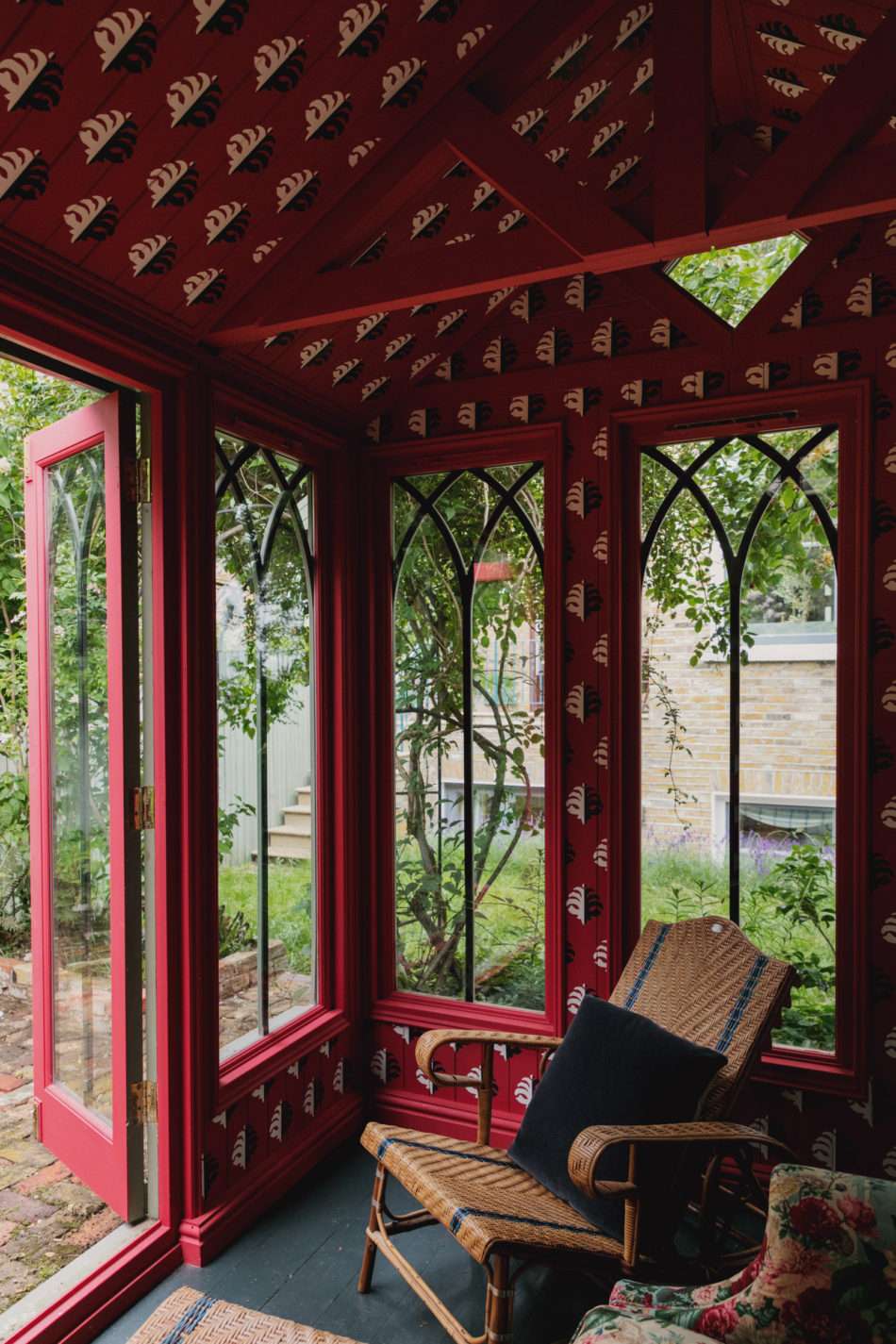
Looking at the work of Swedish-born interior designer Beata Heuman, you might wonder how her eclectic interiors, formed of less-than-restrained colour palettes, decorative patterns, recherché antiques, bespoke pieces from her in-house line and a catholic approach to materials, manage to come off with such ease.
The truth is that Beata’s is a studied eclecticism, born from a fascination with history, culture, art and colour that was first cultivated over the years she spent working under famously outré designer Nicky Haslam. Now, as head of her eponymous studio, Beata realises interiors that marry elegance and a sense of fun, not least at her own home in Hammersmith.
Beata: “My house isn’t ‘modern’ in the most basic sense of the word, but I’m also not interested in rehashing the past. I like to be inspired by history, but then taking it to a place that feels current and fresh. At the same time, I don’t sit there thinking, ‘How can I make this contemporary?’ – it’s more of a natural process.
“To me, human nature is about evolution and change, and that applies to the things you gather throughout your life. I think the home should be a backdrop where things can evolve and the things you add don’t look out of place.
“Obviously, if you hire an interior designer, the truth is that we do everything in one go. But it’s important to me for our projects not to look too ‘done’. It should look like it’s evolved over time, which will allow it to continue to evolve.
“I think mixing things from different eras, and from all over the world, makes things more interesting and livelier. It makes me excited to look at a room and see a mix of lots of different things. That’s what human nature is: a great big mix.
“I live here with my husband and our two daughters, aged two and eight months. Both my husband and I sold our flats to buy this house, and we moved here before our first daughter was born, but knowing we would make it into a family home.
“We did some work when we moved, extending out the back, creating a terrace and adding an entrance to the basement, which also now has a kitchenette. I used to run my studio from the basement, but now it’s the nanny’s bedroom and girls’ playroom, and I like that the flexibility of the space has allowed it to evolve over time.
“Some designers say that doing your own home is more difficult than a client’s, but I have to say that I don’t agree. I found it quite relaxing because with clients we have to present a whole vision – basically everything that will go into one room.
“In your own home, you can just let things evolve over time, and I think in a few more years I will be even happier with this house. It’s kind of done, but there are lots of little things I can do, which I find exciting. I don’t feel some big pressure on it all having to be perfect.
“The fun part of being an interior designer is that inspiration can come from wherever you go and whatever you see, as long as you just open your eyes. I think I really learnt that while working for Nicky, who is also is very knowledgeable about the past.
“I spent 15 years looking at images of interiors, which teaches you how to pick out an original idea, amongst other things. People often ask, ‘How do you do it, how do you put colours together?’ and I say that it comes from spending quite a lot of time looking at images, learning about the past.
“In my projects and in my home, I’m interested in creating different environments that present something other and have a transportive element. So, here, I’ve drawn from lots of references to create little ‘worlds’.
“The
girls’ bedroom, for example, is inspired by a visit I made to Bemelmans Bar at
the Carlyle Hotel in New York with Nicky. The bar is decorated with murals by
illustrator Ludwig Bemelmans, who is most famous for the Madeline books. I was
desperate to recreate it, so we worked with a specialist painter, and included
nice local details like the top of Hammersmith bridge.
“As with our projects, most of the pieces and detailing in the house are bespoke, from the Art Deco glass ceiling in the kitchen, inspired by the grand cafés of Scandinavia, to the daybed we designed that’s upholstered in Joseph Frank fabric and the dodo egg lights in the kitchen.
“My style isn’t for over decoration – there aren’t lots of mouldings or stuff like that. We think a lot about how a space is going to work practically, like storage and heights of fixtures. So, thinking about the practical side of a project and how it can feel comfortable is important.
“Even with our big residential projects in London, space is always at a premium, so we have to think a lot about where to put everything, and how our clients can keep it clean and tidy. That’s another important consideration if you go for this, well, I don’t really like the word ‘maximalist’ but, if you go for it, it’s really important that it’s not cluttered.
“I don’t ever really want to follow trends. I’ve been working in the style I am known for quite a while now, ever since I started out working for Nicky, and his definitely isn’t a minimalist look.
“I guess what I do is having a bit of a moment now, which is fine, but, at the same time, I don’t want to be affected by trends. Before the style I work in started to get more popular, it was all about beige minimalism, very clean and simple. My style follows on from that because people will always want whatever they didn’t just have.
“The things people are interested in just go around in cycles and I’m sure once this moment has blown over everyone is going to be into something much more simple again, which is why you can’t be bogged down by trends. It all just evolves, and becomes more refined in the process, I think.”
Beata, how do you define modern living?
“Living comfortably, and easily.
“When we design a house we think very carefully about how our clients will move around the space. We spend a lot of time making sure that all aspects are considered so that in the end you have a very liveable home. This means coming up with new solutions which essentially simplify your day to day life, which to me is the key thing about modern living.”
Is there a home on The Modern House website that has caught your eye?
“Noble Barn reminds of where I grew up in Sweden – in fact, it looks a little like a slightly dilapidated building on my parents’ farm that I currently have my eye on. One day I hope it will be our dreamy holiday house.”
